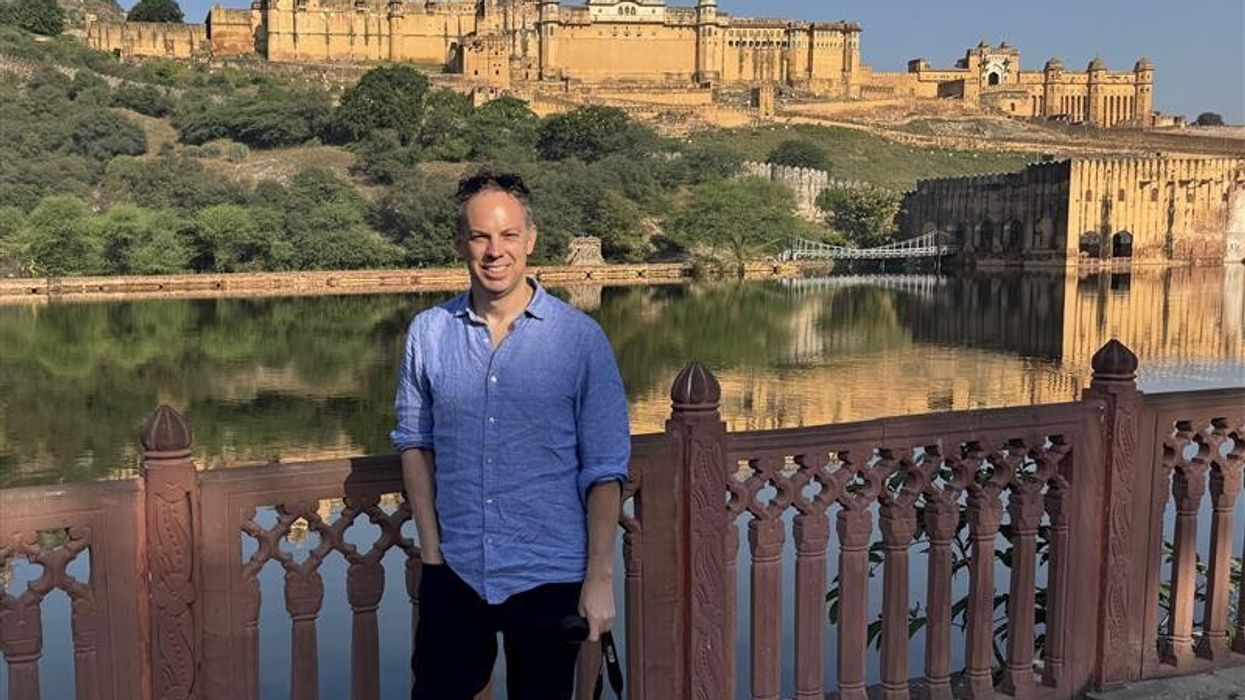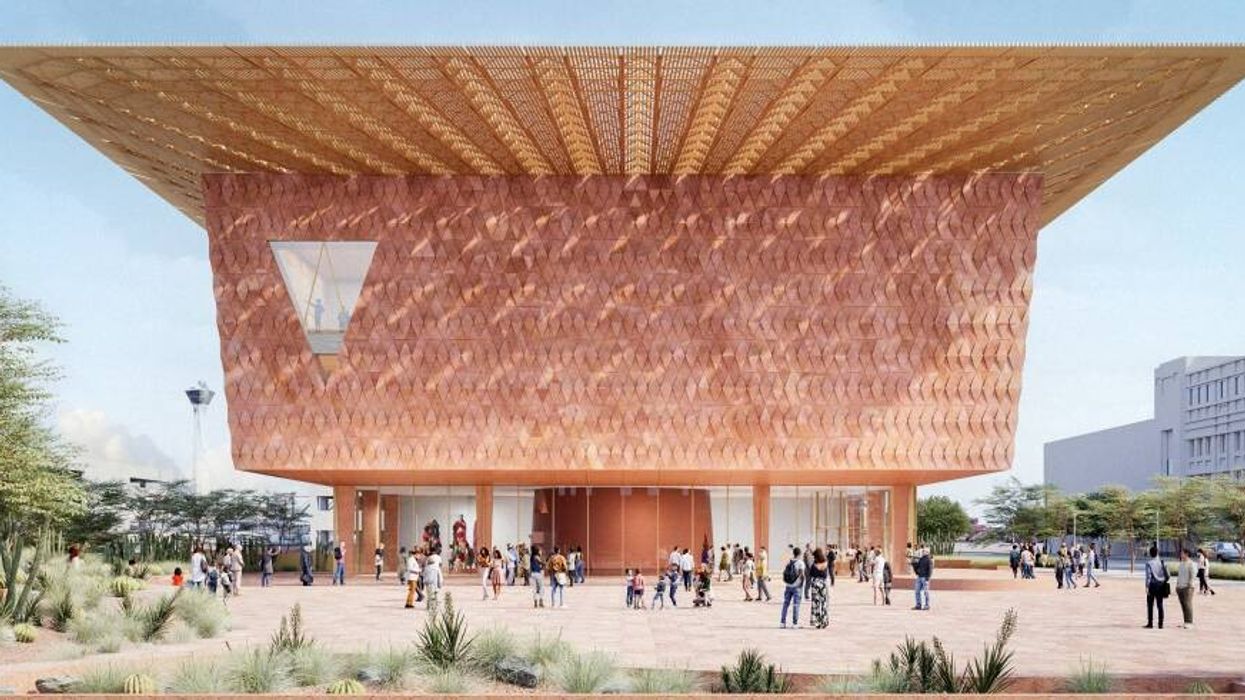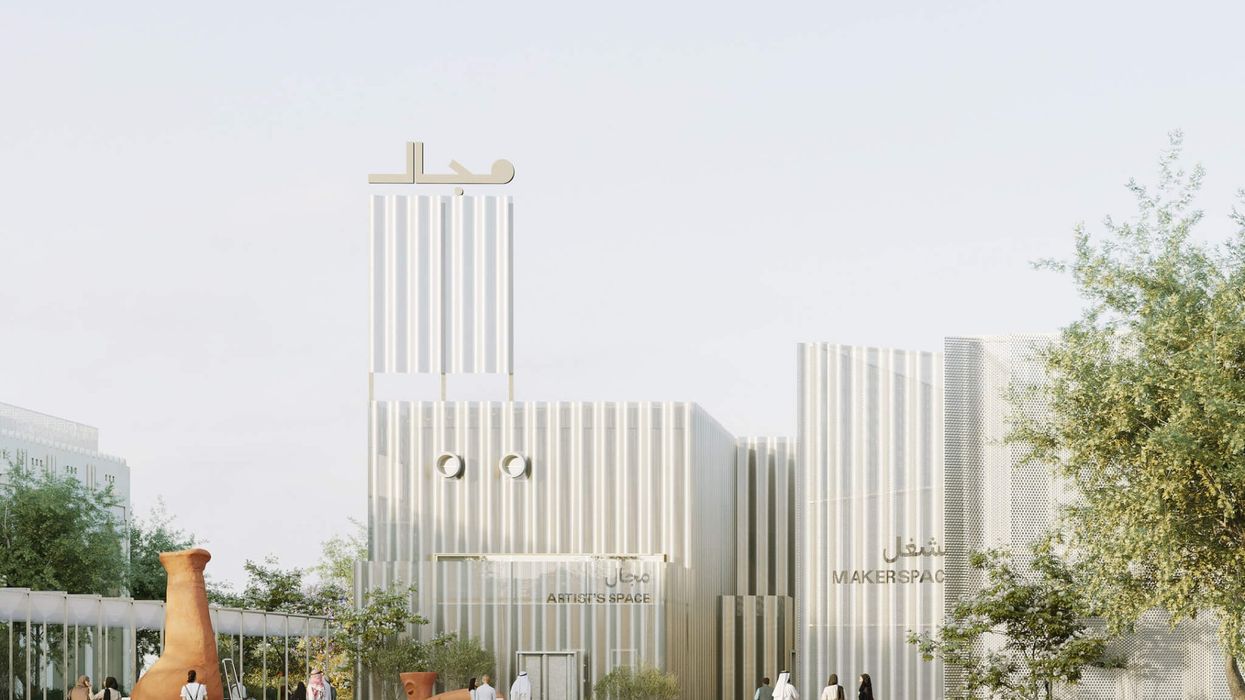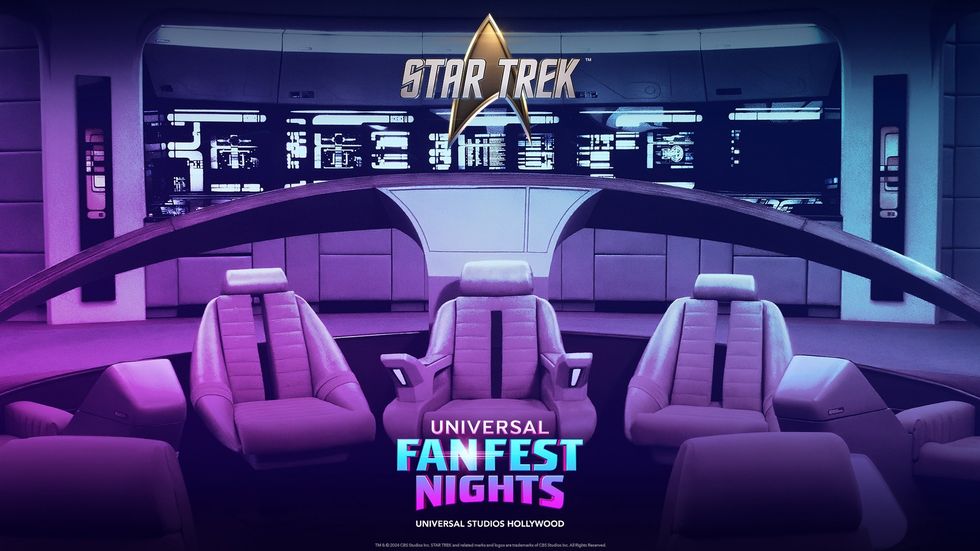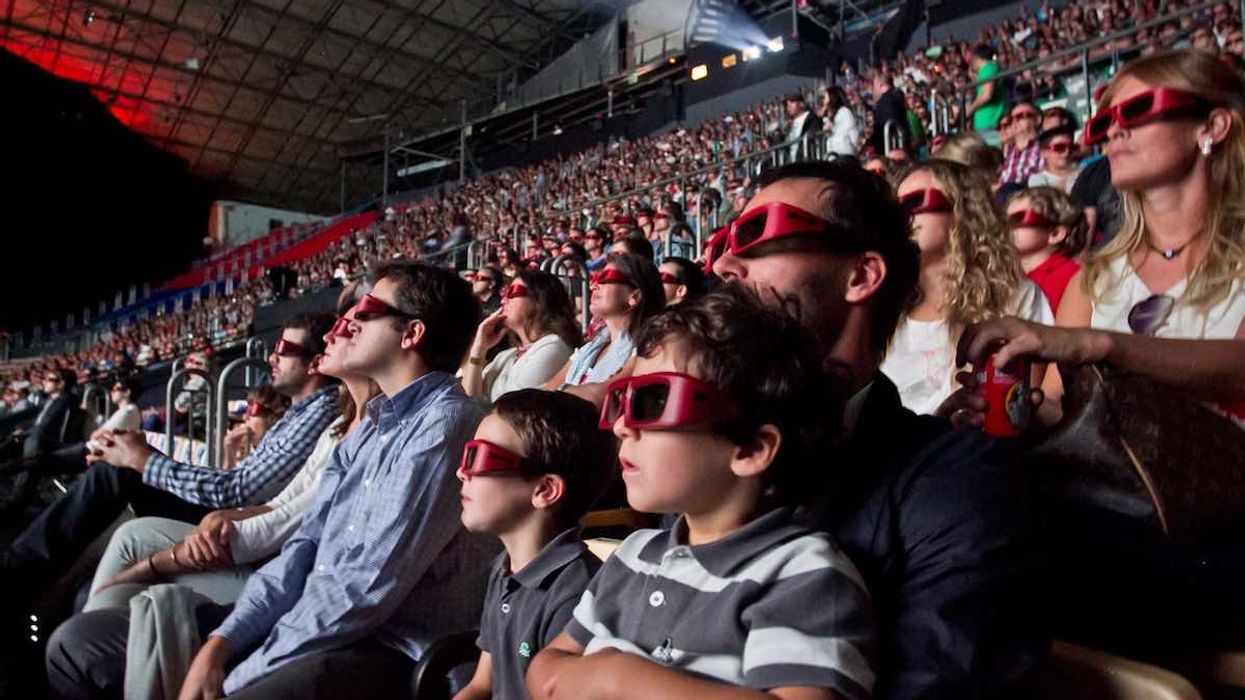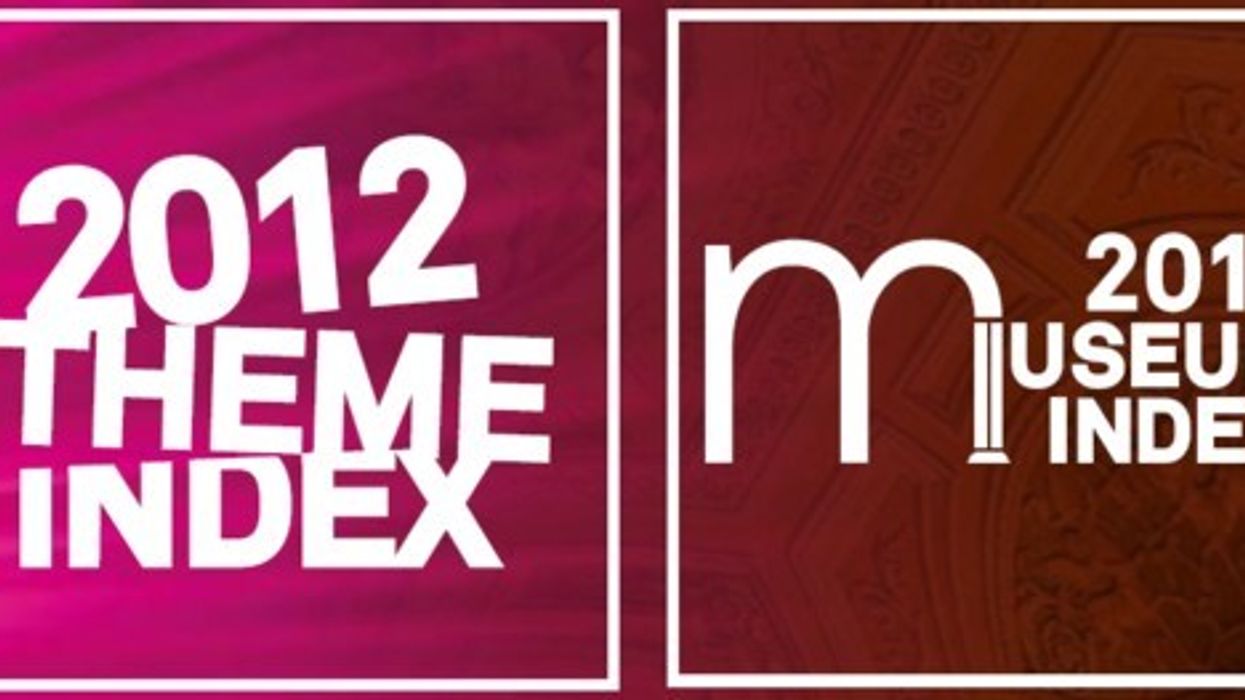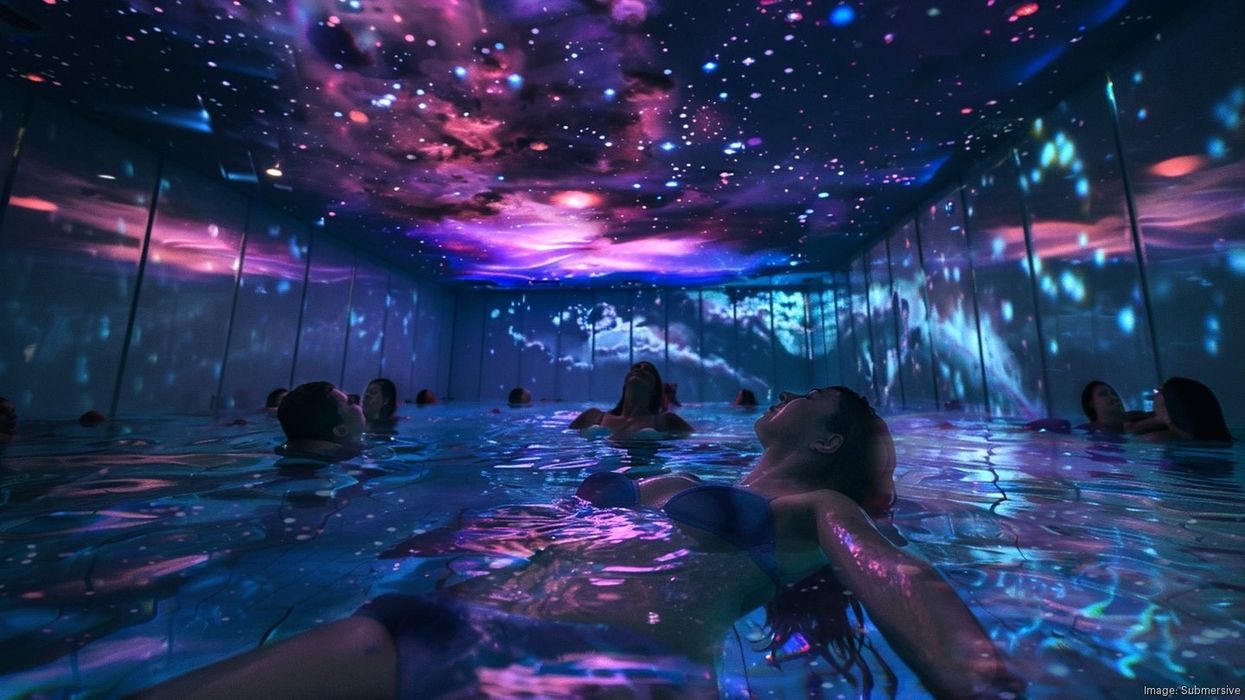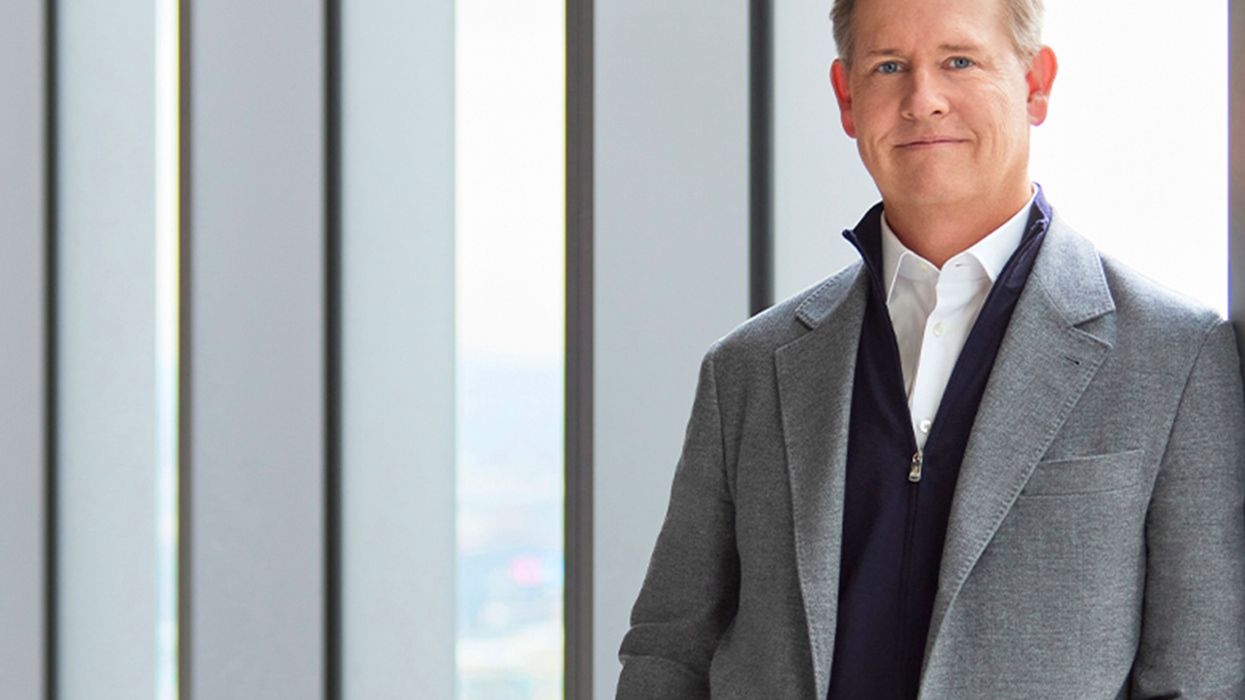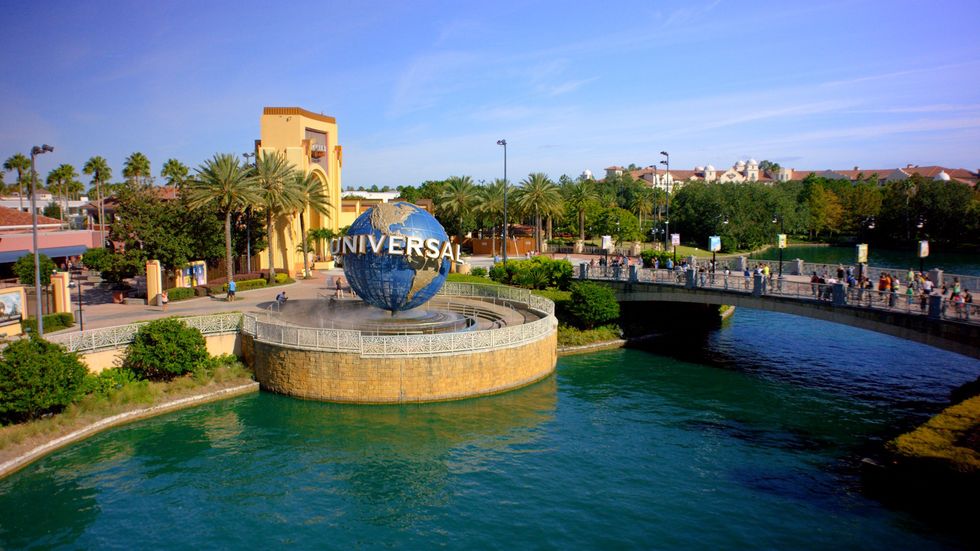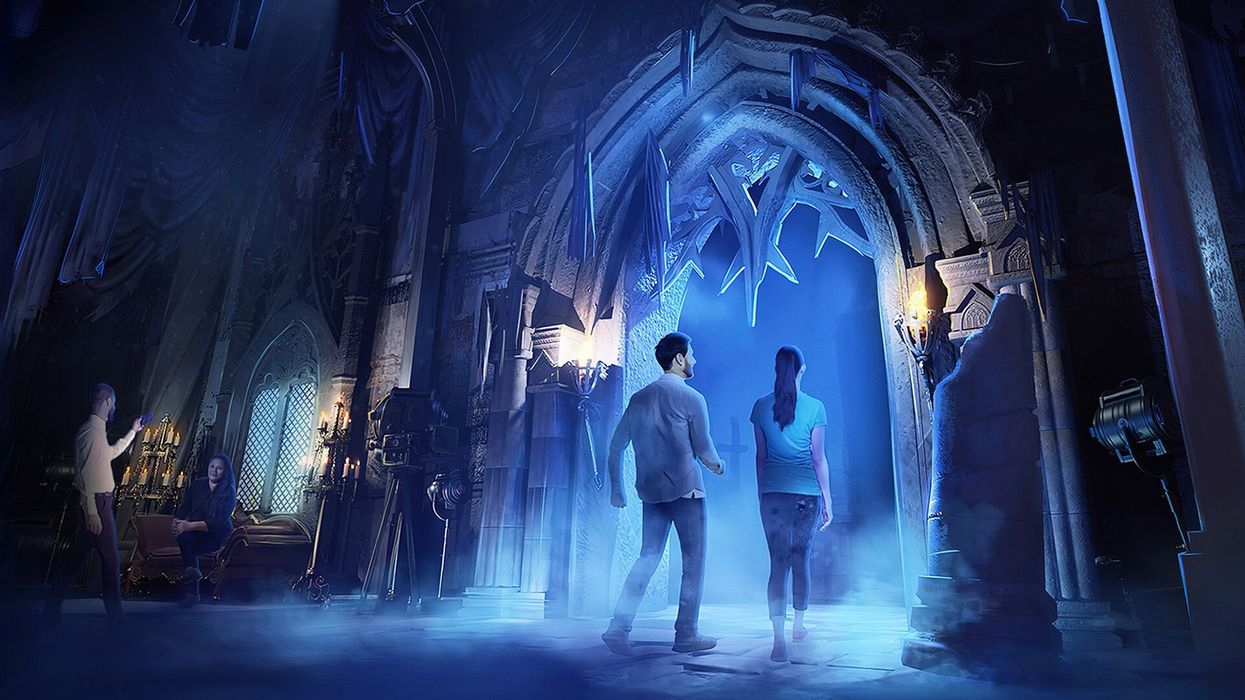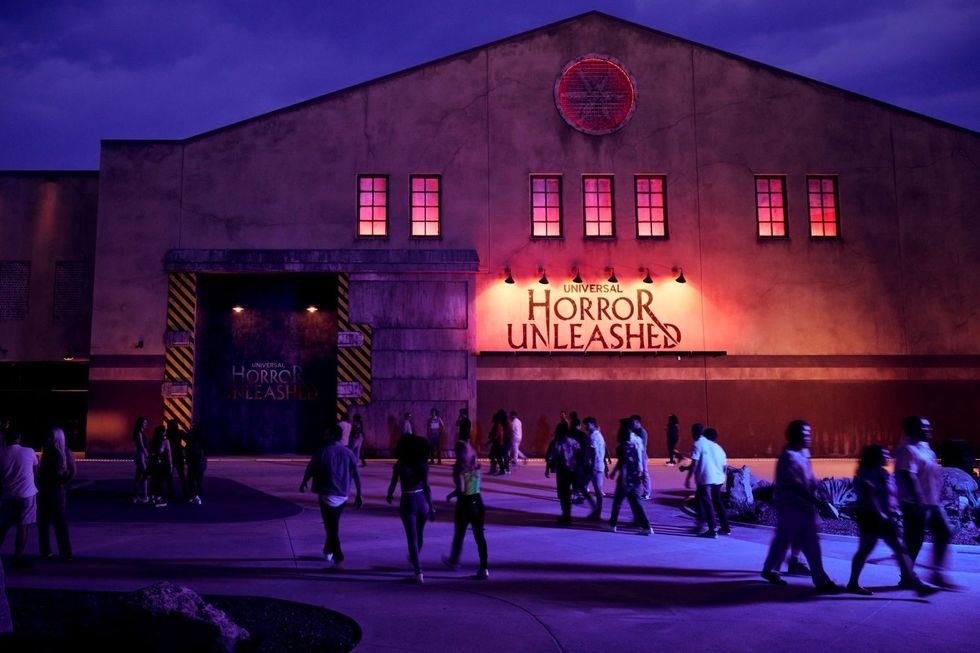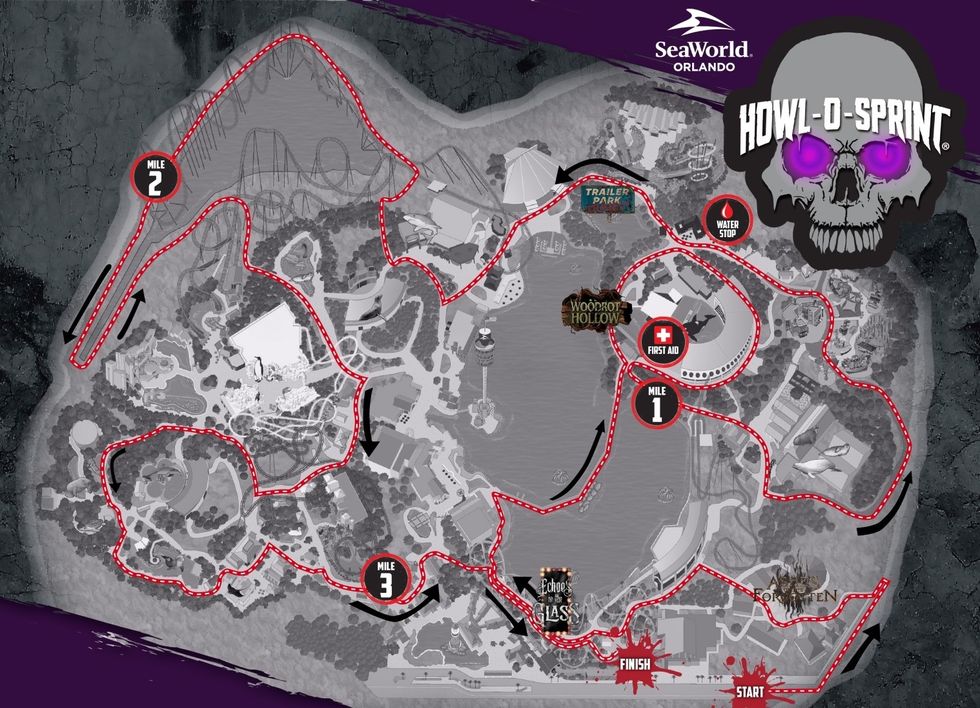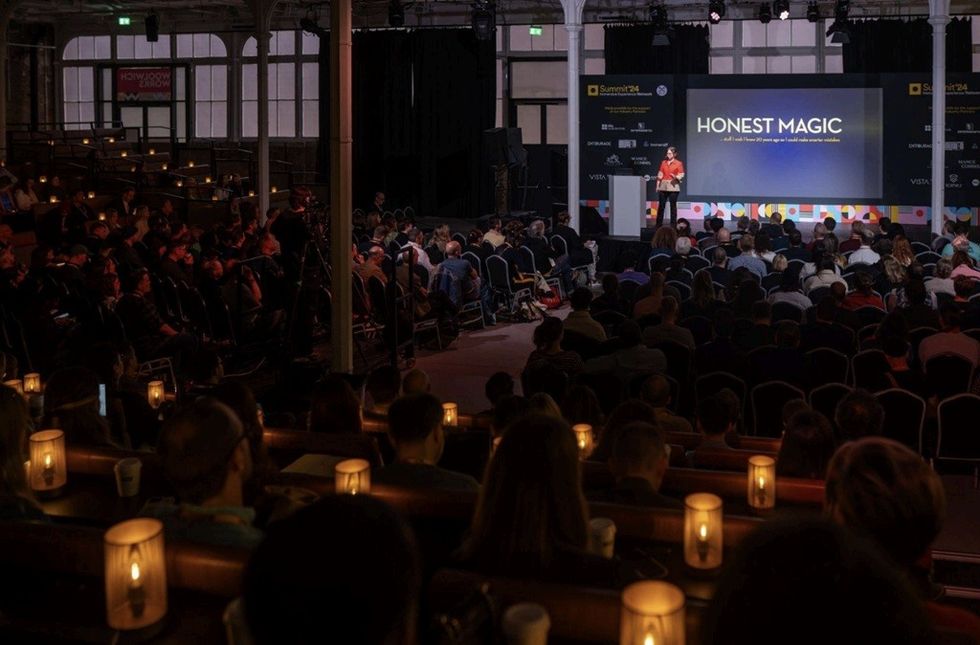The Lost Shtetl Museum, a landmark institution dedicated to preserving the memory of the Jewish shtetls, opened in Seduva, Lithuania, on 20 September.
The thoughtfully curated permanent exhibition and striking architectural design provide an intimate and powerful insight into the small towns that once thrived across Lithuania and Eastern Europe. It offers a focus on the interwar years (1918–1940), when Jewish religious, civic, and cultural life thrived before being tragically wiped out during the Holocaust.
While focusing on one small town, the Lost Shtetl Museum examines the broader history and massacre of Lithuanian and European Jews. Through the voices of survivors and descendants, the exhibition preserves the memories of a lost community while honouring the legacy of nearly 200,000 Lithuanian Jews who perished.
The exhibition design was led by Ralph Appelbaum Associates (RAA), a multidisciplinary firm specialising in the planning and design of museums, exhibits, educational environments, and visitor attractions. It invites visitors to rediscover Lithuania’s rich heritage through immersive storytelling, multimedia installations, and authentic historical narratives that evoke themes of absence and memory.
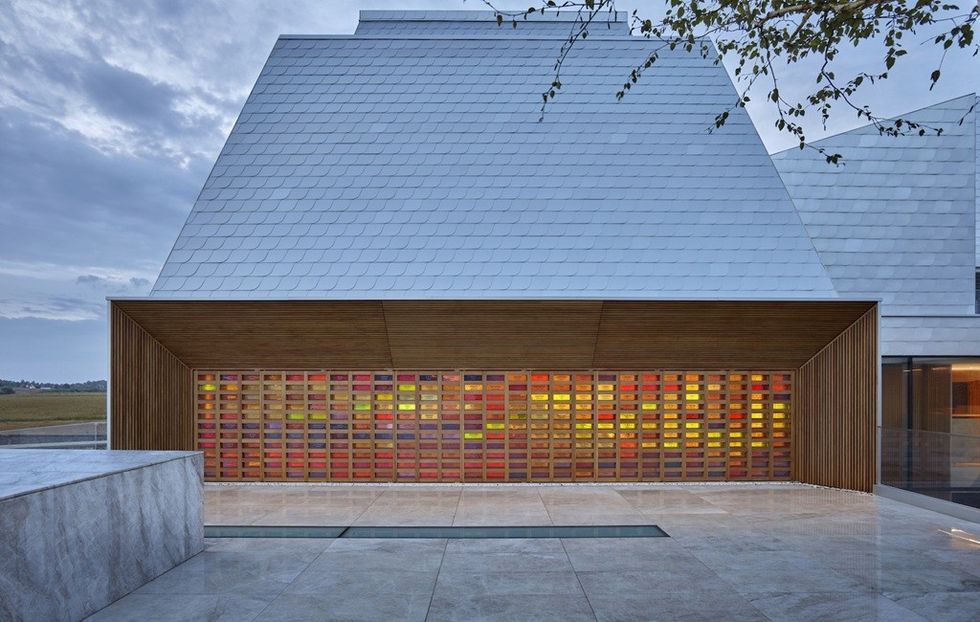
Immersive sound design from Made Music Studio supports the multisensory storytelling throughout the Lost Shtetl Museum. This includes custom-designed and curated surround soundscapes that evoke interwar Shtetl life through sound design that is both period and geographically accurate. Additionally, on-site mixing of audio elements optimises the listening experience for each space.
Preserving memories
The Lost Shtetl Museum serves as a memorial to over 600 Jews of Seduva and almost 200,000 Jews of Lithuania, an overwhelming majority of whom perished during the Holocaust.
It shows 158 historical objects, including 58 from Seduva, displayed across 34 cases. Spanning 3,000 square metres, the museum houses nine themed galleries, including Seduva Then and Now, Shtetl Theater, Marketplace, Dreams and Reality, People of the Book, Seduva Occupied, Holocaust, Remembrance, and Voices.
These share the richness of shtetl culture, from religious and cultural traditions to everyday details, and participatory media experiences and cinematic storytelling explore Lithuanian Jewish history during the interwar years.
Key exhibits include the Interactive Seduva Town Map, a 1:350 scale marble map of the town with interactive hotspots along the perimeter and the “Waffle Wall” with 588 handblown coloured glass panels that represent the lost Jewish communities of Lithuania.
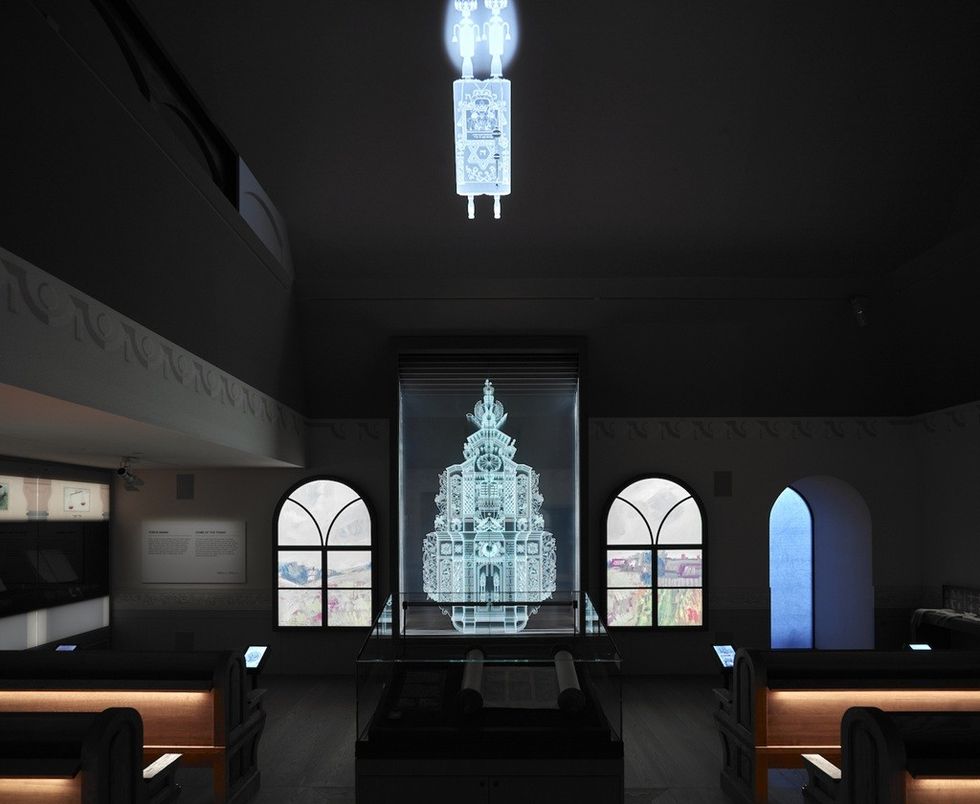
The “Ghost Ark” Installation presents nine layered sheets of laser-etched glass, edge-lit and programmed to “breathe” slowly with light, in a reimagining of the Torah Ark. On the Memorial Wall, the victim’s names are embedded in the marble of the building.
Reimagining a vanished world
As visitors approach the museum, they are immersed in themes of memory and loss. The exterior sign, with its letters fading into stone, along with the instrumental sounds of a Yiddish folk song, establishes an atmosphere of remembrance. Inside, a bright lobby and an etched mural of interwar Seduva introduce the lives of the town’s Jewish community before 1941.
The journey begins with a cinematic theatre experience, before moving into the lively Marketplace gallery, where soundscapes, projections, and interactive media immerse visitors in shtetl life. The following spaces explore the dreams of youth, the strength of faith and tradition, and feature historic imagery, cinematic reenactments, and salvaged synagogue elements.

Photo credit: Ralph Appelbaum Associates / Andrew Lee
An impactful transition guides guests into galleries that are focused on the occupation and the Holocaust. Through testimonies, artefacts, documentary-style media, and reconstructed environments, they witness the events of 1941 and face the devastation of Seduva’s Jewish community.
The Remembrance gallery honours the lost shtetls of Lithuania and the names of the victims of the Holocaust in Seduva, while the final Voices gallery offers a moment of reflection and remembrance, placing black and white photographs of Seduva residents within the colourful world of interwar period paintings. Accompanied by a composition by a descendant of Lithuanian Jews, it brings the Lost Shtetl back to life once more before visitors leave the museum.
The experience concludes with the Canyon of Hope, which overlooks the restored Jewish cemetery. This offers a space for remembrance, resilience, and renewal.

Photo credit: Ralph Appelbaum Associates / Andrew Lee
The museum building itself, designed by Finnish architect Rainer Mahlamäki (Lahdelma & Mahlamäki Architects), is a statement of remembrance that draws inspiration from traditional saddle-roofed buildings. An anodised aluminium shingle façade captures and reflects light, which gives the illusion of the building vanishing and reemerging with the changing weather. The Lost Shtetl Memorial Park and Walk, created by Swiss landscape architect Enzo Enea, offers a space for memory and loss, reflection and healing.
Historic project
Jolanta Mickute, head of education, Lost Shtetl Museum, says: "It was nothing short of extraordinary for the team of the Lost Shtetl Museum to work with Ralph Appelbaum Associates (RAA).
"We were deeply touched by their genuine interest and outstanding professionalism as they explored and brought to life the rich history of shtetl civilization in our museum. We couldn't have asked for better partners."
Büke Kumyol, creative director and associate, Ralph Appelbaum Associates (RAA), says: "It has been a privilege to collaborate with the Lost Shtetl team and an exceptionally talented international group of architects, designers and builders in creating this historic project in Lithuania.
"The exhibitions honor the vibrancy of shtetl life while confronting its absence, shaping intimate spaces where memory, culture, and loss resonate together. They unfold as a journey—from the radiant world of the shtetl, through its silence and loss, to a place of remembrance and renewal."
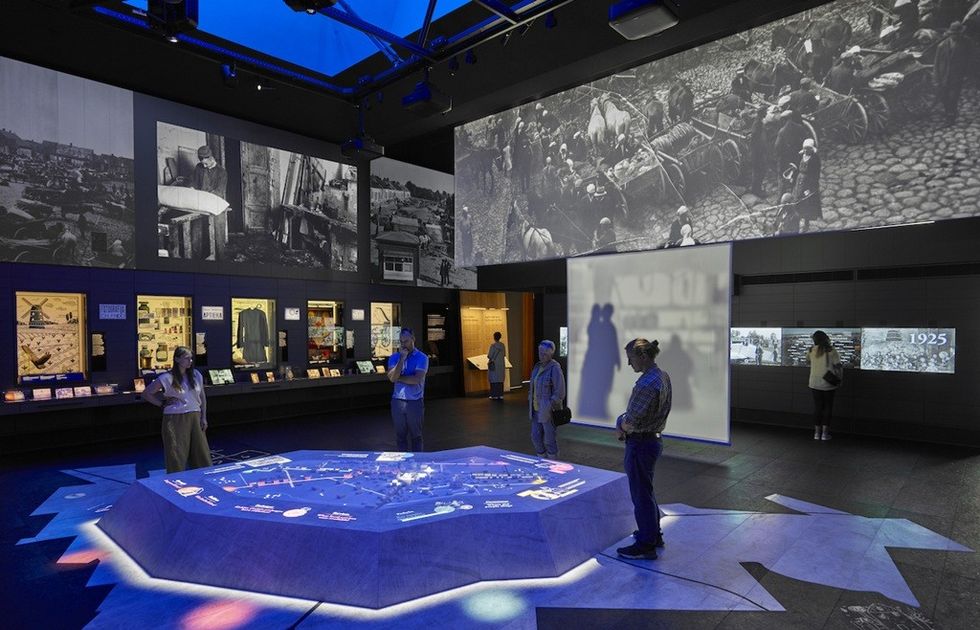 Photo credit: Ralph Appelbaum Associates / Andrew Lee
Photo credit: Ralph Appelbaum Associates / Andrew Lee
Joel Beckerman, CEO and founder, Made Music Studio, says: "It’s an honor to work with our friends at Ralph Appelbaum Associates (RAA) to use the power of music and sound to bring this multi-sensory experience to life, and to help them complete their vision. It means so much to celebrate the shtetl community and its people in the face of atrocity — to remember them as they were in a most intimate and personal way.
"Through this combination of visuals and sound, guests will connect more deeply not just with the museum experience, but with the lives and voices that once echoed through this vibrant community."
Dan Cooper, company director, Dot Crew, says: "In this collaboration with Ralph Appelbaum Associates (RAA), we wanted to bring the organic nature of humanity to our design for The Lost Shtetl Museum. These aren’t just media interfaces, but windows into lived experiences. When technology becomes invisible and authentic human stories take centre stage, we know we've honoured these memories properly."
The project team comprised:
Ralph Appelbaum Associates (RAA): Comprehensive Exhibition Design, Graphic Production, Executive Media Production, Interactive Multimedia Design, Sound Design
Rainer Mahlamäki (Lahdelma & Mahlamäki Architects): Design Architects
Studio 2A: Architect of Record
Enea: Landscape Architect
Avi Luvatan Design: Mezuzah Design
Ecas: Project Manager
Hypsos: Exhibit Fabricator
Trias: AV Integrator and Software Developer
50 Lux: Exhibit Lighting Designer
Heli Nikunen: Architectural and Exhibition Lighting Designer
Sehner: Museum Display Cases
Tactile Studios: Inclusive Wayfinding and Tactile Designer
Mutrox: Speciality Sound Theatre Designer
Karl Bucher: Furniture and Millwork
Schorimaffioli: Architectural Stone and Speciality Stone
Glass Mäder: Speciality Glass
Baltijosplienas: General Contractor
Incorpus: General Contractor
Spice Metal: Speciality Metal Works
Dot Crew: Interactive Multimedia Designer
Made Music Studio: Sound Designer
SideXSide Studios: Documentary Producer
UAB Starlingas: Exhibition Videography
RAA also recently led the redevelopment of the gallery at The Harris, which reopened last month following a £16 million refurbishment. Owned and managed by Preston City Council, the venue is recognised as one of the region's leading museums, galleries, and libraries.



